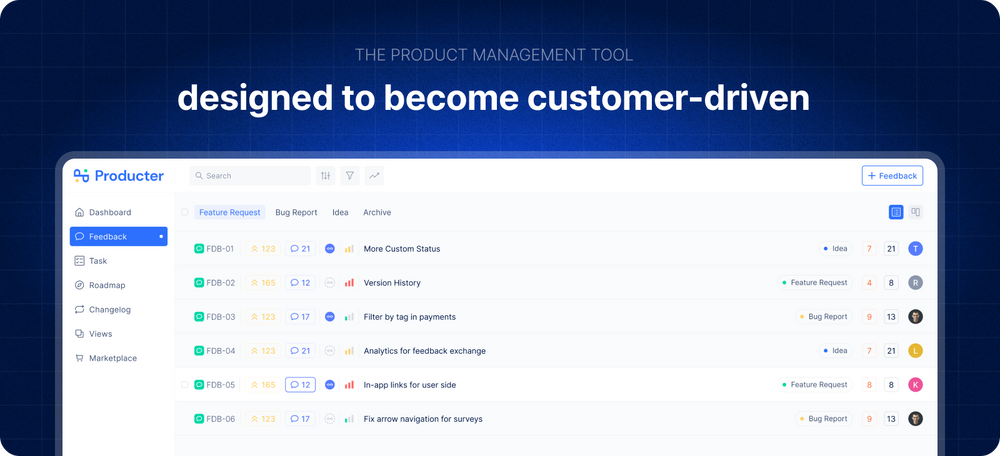Introduction to Product Management
Product management is the intersection of business, technology, and user experience. It encompasses everything from idea generation to product development, launch, and ongoing iteration. A successful product manager (PM) is able to navigate through these diverse responsibilities and lead teams to create products that delight customers and drive business growth. In this blog post, we will explore 10 essential strategies for mastering the art of product management.
Defining a Clear Product Vision
A clear product vision serves as the foundation for all product-related decisions. It outlines the purpose of the product, its target audience, and the desired outcomes. To create a compelling vision, PMs should:
- Align the product vision with the company's mission and values.
- Develop a deep understanding of the target audience and their needs.
- Articulate the unique value proposition the product offers.
- Communicate the vision effectively to stakeholders and the Communicate .
Market Research and Customer Insights
Understanding the market landscape and customer needs is crucial for developing successful products. PMs should conduct thorough market research and gather customer insights by:
- Analyzing competitors, their strengths and weaknesses, and market trends.
- Identifying customer pain points and unmet needs through surveys, interviews, and focus groups.
- Developing customer personas and journey maps to visualize the user experience.
- Keeping a close eye on industry trends and emerging technologies to anticipate future opportunities and threats.
Prioritization Techniques and Best Practices
With limited resources and competing demands, PMs must prioritize features and tasks effectively. Some popular prioritization techniques include:
- MoSCoW Method: Categorizing features as Must-Have, Should-Have, Could-Have, or Won't-Have.
- Value vs. Effort: Ranking features based on their potential value and the effort required to implement them.
- Kano Model: Evaluating features based on their impact on customer satisfaction and differentiation.
- RICE Scoring: Prioritizing features based on Reach, Impact, Confidence, and Effort.

Crafting Effective User Stories
User stories are a crucial part of the product development process, helping teams understand and prioritize customer needs. To create effective user stories, PMs should:
- Write concise, focused stories that clearly state the user's goal and motivation.
- Use the standard format: "As a [user], I want to [action], so that [outcome]."
- Incorporate acceptance criteria to define the conditions for success.
- Collaborate with the development team to refine and prioritize user stories.
Roadmapping and Project Planning
A well-structured product roadmap serves as a strategic plan and communication tool. To create an effective roadmap, PMs should:
- Identify key milestones and objectives aligned with the product vision.
- Determine the appropriate level of granularity based on the audience and purpose of the roadmap.
- Incorporate flexibility to adapt to changing priorities and market conditions.
- Communicate the roadmap to stakeholders and the product team to ensure alignment and buy-in.
Collaborating with Cross-Functional Teams
Product managers must work closely with cross-functional teams, including engineering, design, marketing, and sales. To foster effective collaboration, PMs should:
- Establish clear roles and responsibilities for each team member.
- Encourage open communication and knowledge sharing.
- Leverage each team member's strengths and expertise.
- Create a supportive, inclusive environment that encourages experimentation and learning.

Continuous Feedback and Improvement
Products must evolve to meet changing customer needs and market conditions. PMs should establish a process for continuous feedback and improvement by:
- Implementing ongoing user testing and monitoring customer feedback.
- Analyzing usage data and metrics to identify areas for improvement.
- Conducting regular retrospectives with the product team to discuss successes, challenges, and lessons learned.
- Iterating and refining the product based on feedback, performance metrics, and market trends.
Measuring Product Success with KPIs
Key performance indicators (KPIs) help PMs measure product success and make informed decisions. To choose and track the right KPIs, PMs should:
- Align KPIs with the product vision, objectives, and company goals.
- Select a mix of leading and lagging indicators to measure both short-term and long-term success.
- Regularly review and analyze KPI data to monitor progress and inform decisions.
- Communicate KPI performance to stakeholders and the product team to maintain focus and drive improvement.
Staying Informed on Industry Trends and Innovations
As technology and markets evolve rapidly, PMs must stay informed on the latest trends and innovations to remain competitive. To stay current, PMs should:
- Follow industry news, blogs, and podcasts to stay updated on market trends and emerging technologies.
- Attend conferences, webinars, and workshops to learn from industry experts and peers.
- Engage in professional networks and online communities to share insights and experiences.
- Continuously learn and develop skills through training, courses, and certifications.
Conclusion and Key Takeaways
Mastering the art of product management requires a diverse skill set and an adaptive mindset. By implementing these 10 essential strategies, product managers can drive success by creating products that resonate with customers, foster business growth, and adapt to changing market conditions. In summary:
- Define a clear product vision that aligns with the company's mission and values.
- Conduct thorough market research and gather customer insights to inform product decisions.
- Prioritize features and tasks effectively using proven prioritization techniques.
- Craft user stories that clearly communicate customer needs and goals.
- Develop and communicate a well-structured product roadmap.
- Collaborate closely with cross-functional teams to leverage diverse expertise.
- Establish a process for continuous feedback and improvement.
- Measure product success using relevant KPIs aligned with company goals.
- Stay informed on industry trends and innovations to maintain a competitive edge.
- Invest in continuous learning and professional development to refine your product management skills.
TL;DR:
To master the art of product management, product managers should focus on these 10 essential strategies: define a clear product vision, conduct market research and gather customer insights, prioritize features and tasks effectively, craft concise user stories, create and communicate a well-structured product roadmap, collaborate with cross-functional teams, establish a process for continuous feedback and improvement, measure product success with relevant KPIs, stay informed on industry trends and innovations, and invest in continuous learning and professional development.
FAQ
1. What is the role of a product manager?
A product manager is responsible for guiding the development, launch, and ongoing improvement of a product. This includes defining the product vision, conducting market research, prioritizing features, collaborating with cross-functional teams, and measuring product success using KPIs.
2. How can a product manager ensure their product vision is aligned with the company's mission and values?
A product manager can ensure alignment by understanding the company's mission and values, keeping them in mind while defining the product vision, and communicating the vision effectively to stakeholders and the product team. Regular check-ins and feedback sessions can also help maintain alignment throughout the product development process.
3. What is the importance of prioritization in product management?
Prioritization is crucial in product management due to limited resources and competing demands. Effective prioritization helps product managers focus on the most valuable and impactful features, ensuring that the product meets customer needs and drives business growth.
4. How can a product manager foster effective collaboration with cross-functional teams?
A product manager can foster effective collaboration by establishing clear roles and responsibilities, encouraging open communication and knowledge sharing, leveraging each team member's strengths and expertise, and creating a supportive, inclusive environment that encourages experimentation and learning.
5. How can a product manager stay informed on industry trends and innovations?
A product manager can stay informed by following industry news, blogs, and podcasts, attending conferences, webinars, and workshops, engaging in professional networks and online communities, and continuously learning and developing skills through training, courses, and certifications.
Producter is a product management tool designed to become customer-driven.
It helps you collect feedback, manage tasks, share product updates, create product docs, and track the roadmap.






